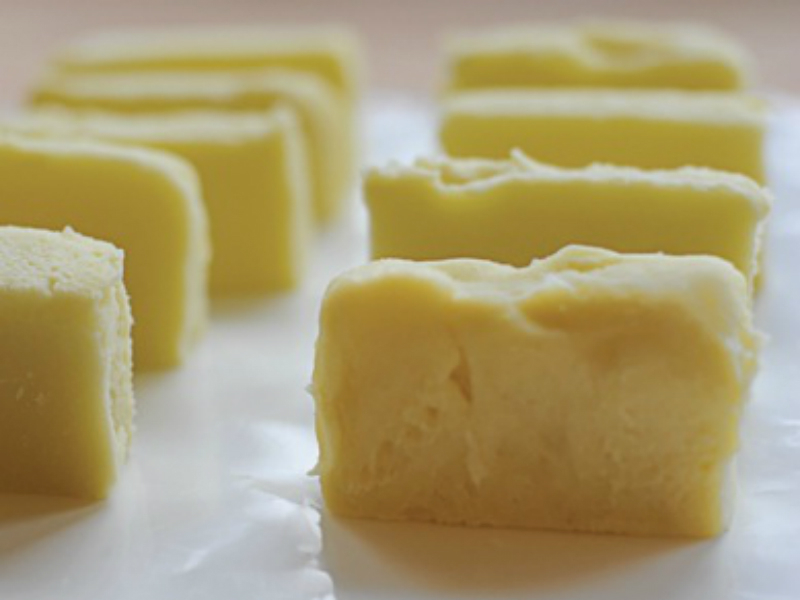Just where and when humans first observed the chemical reaction between oil and potash is unknown. One legend says it was at “Mount Sapo” in ancient Rome, where a creek flowed over a deposit of wood ash and animal fats created by sacrificial fires for the gods. There’s evidence that the ancient Babylonians, Egyptians, and Celts all developed soap — but regardless of who was first, it’s clear that observing nature led people to re-create the chemistry of water, potash, and oil to produce the first liquid soaps.
Bar soaps were innovated in the 19th century, but soon after, the soap-making industry introduced problematic chemicals to the equation, such as propyl alcohol, limonene, benzaldehyde, and methylene chloride. Today, some soap ingredients are derived from animals rendered in factories, while others are known to be toxic, even carcinogenic, and contain byproducts of petroleum.
All natural, plant-oil-based soaps provide an eco-conscious alternative, but 2 downsides remain: the disposable packaging and the collateral damage of transportation. Fortunately, making soap at home is easy, and not much more complex than baking bread.
In its most basic form, soap consists of just 3 components — a strong base such as potash or lye, oil, and water. Potash (potassium hydroxide) is harder to find and is more conducive to liquid soap making, so we’ll use lye (sodium hydroxide).
Blended at the right proportions and temperatures, these ingredients produce a chemical reaction called saponification which renders the lye, normally caustic and dangerous when mixed with water, entirely benign while breaking apart the oils and eliminating their cloying greasiness.
And although curing (allowing the soap to dry and harden) takes about a month, the first and most demanding steps take just 30 minutes for practiced soap makers.
Now consider that a year’s supply can be made in a single batch; each bar will cost about a dollar; you won’t risk exposure to any lingering poisons — and one by one they mount: the good and healthy reasons to free oneself from chemical industries and never buy soap again.



